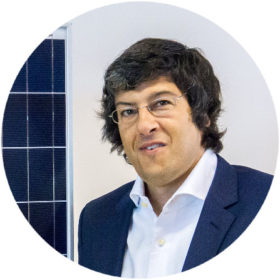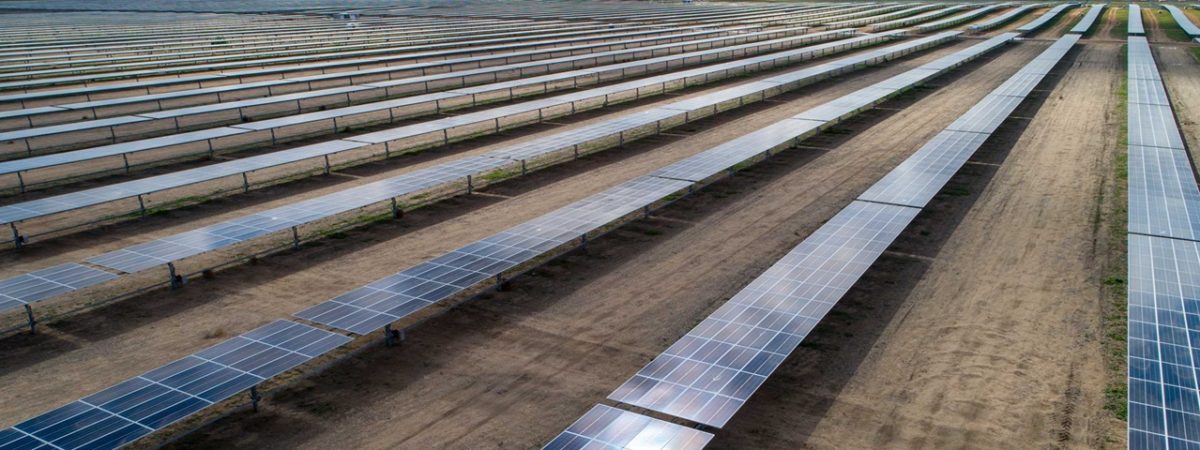While superficially simple, the design, engineering and construction of large scale PV projects can contain many pitfalls. These, sometimes hidden, challenges pertain to both component selection and construction techniques.
Swiss electrical cable supplier Leoni has warned that some Australian EPCs are choosing poor-quality components due to a lack of experience in the solar sector and dearth of commonly used standards. The supplier, active globally in the solar sector, says that such practices can lead to considerable if not catastrophic failures, leaving investors stranded.
“Australian EPCs tend to buy almost anything,” says Jan Mastny, the global head of sales in renewable energy for Leoni. “In extreme cases, they don’t even use a connector to join cables, something seen in Eastern Europe around 15 years ago.”
Leoni recently completed the delivery of some of the DC cabling for Australia’s largest solar project under construction, the 349 MW Limondale Solar Farm. Leoni supplied the main cables that connect individual rows to the central inverter units. This cabling is designed specifically for DC current and direct burial in the ground. SMA is supplying inverters and SunPower modules to the project.
Limondale is owned by innogy SE, with subsidiary Belectric acting as EPC. Downer was contracted for and is carrying out the construction on the project. The first stage of Limondale was completed and electrified in August 2019, with construction of the full project expected to be completed in 2019.
 Mastny says that the approach taken at the project by specialist solar and battery storage EPC Belectric, highlights the difference between EPCs in Australia.
Mastny says that the approach taken at the project by specialist solar and battery storage EPC Belectric, highlights the difference between EPCs in Australia.
“In my experience from Australia, there are two sorts of EPCs. First there are the global [solar] EPCs and they are doing some very fine work and adopting the common practice from Europe,” says Mastny. “Then there are the pure Australian companies and they are doing things their own way. And given the scale of the projects, then there is a massive risk potential.”
Mastny says that the approach to DC cabling on some projects in Australia has been to adopt norms and practices on the AC side and simply transfer that to cables running between the modules and the inverters. “It’s important to keep in mind, that there is ‘constructional’ difference between AC cables and DC cables. The same applies to the construction differences between low-voltage and mid-voltage. This difference needs to be reflected in the way of doing things, and it is false to believe that those factors do not need to be considered.”
The presence of termites at Australian sites is a unique consideration in the country for cable and component suppliers, says Mastny. However, he argues that too much emphasis is placed on purely supplying cables that are resistant to termites, without attention being paid to other factors, which can result in an accelerated ageing and degradation of the components.
“We cannot ignore the termites in Australia, but we need to add this requirement on top of all the existing that we have otherwise we might have a cable that is safe against the termite but the rest is simply not up to the job.”
Jan Mastny is speaking at pv magazine’s Quality Roundtable event at All Energy Australia on October 23. Register here to take part in the free event.
This content is protected by copyright and may not be reused. If you want to cooperate with us and would like to reuse some of our content, please contact: editors@pv-magazine.com.









We are seeing this issue in a number of other products as well such as flexible conduits with a number of sites using cheaper products that in some cases are already starting to deteriate and fail. Not all product with a 25 year design life has a warranty to suit and in a lot of cases if you look at the fine print the warranty is only 5 years. UV ratings on a number of the cheaper products doesnt mean a thing when you get it out in our sun for an extended period